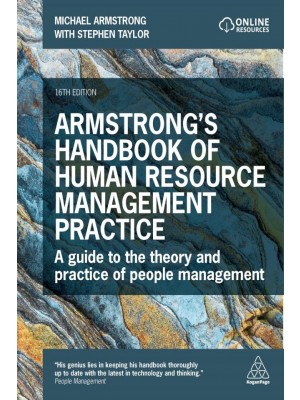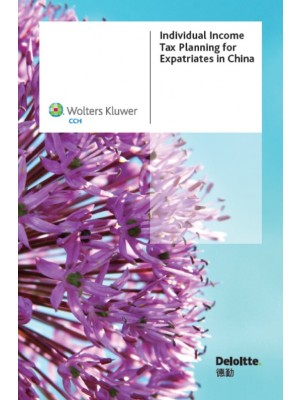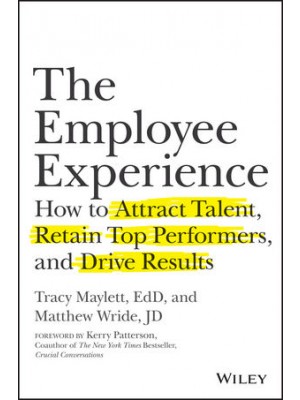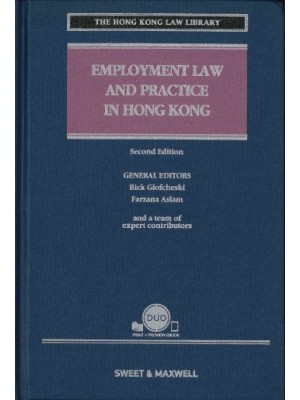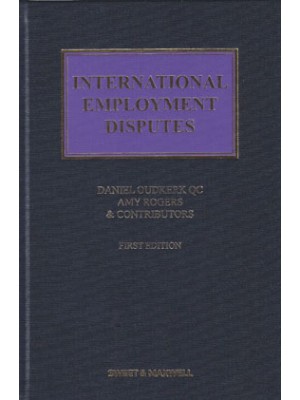Introduction xi
Émilie VAYRE
Part 1. Uses of Technology for Business Purposes: Background and Consequences 1
Chapter 1. “Spillover” Work via Technology: Organizational Antecedents and Health Impacts 3
Catherine HELLEMANS and Émilie VAYRE
1.1. What is spillover work? 3
1.1.1. Objective parameters of spillover: location, duration, frequency and intensity of spillover 4
1.1.2. Subjective spillover and the meaning of spillover: boundary theory and preferences 7
1.1.3. Spillover control: myself and others 9
1.2. Organizational background of spillover work via technologies 10
1.3. The health implications of spillover work via technologies 14
1.3.1. From hyperconnection to connection addiction 14
1.3.2. Spillover, the need for recovery and burnout 16
1.4. Avenues of reflection and practical perspectives 19
1.5. References 21
Chapter 2. Nomadic, Informal and Mediated Work and Quality of Life 25
Maëlle PÉRISSÉ, Anne-Marie VONTHRON and Émilie VAYRE
2.1. Introduction 25
2.2. Relocated and mediated work: definition and implications for the quality of work life 26
2.2.1. Nomadic, informal and mediated work practices 26
2.2.2. Nomadic, informal and mediated work and quality of life at work 27
2.3. Empirical case study 29
2.3.1. Method of investigation used 30
2.3.2. Study results 33
2.4. Contributions of the field study and practical perspectives 41
2.5. References 43
Chapter 3. Leadership and the Use of Technology: Health Implications 49
Valentina DOLCE, Chiara GHISLIERI, Monica MOLINO and Émilie VAYRE
3.1. Introduction 49
3.2. Organizational culture and leadership 50
3.2.1. Classical models of organizational culture 51
3.2.2. Presence and always-on cultures 52
3.3. Leadership: an ever-present theme 54
3.3.1. Traits, behaviors and leadership situations 54
3.3.2. Transformational and authentic leadership 56
3.3.3. The dark side of leadership 58
3.3.4. Leadership and its consequences 59
3.4. Leadership in the Industry 4.0 era 62
3.5. Conclusion 65
3.6. References 66
Part 2. Telework: Organizational, Collective and Individual Issues 73
Chapter 4. Telework: What is at Stake for Health, Quality of Life at Work and Management Methods? 75
Émilie VAYRE, Julie DEVIF, Thibault GACHET-MAUROZ and Christine MORIN-MESSABEL
4.1. Introduction 75
4.2. Telework: a challenge for social cohesion and health at work 76
4.2.1. Telework, risks of discrimination and health degradation 77
4.2.2. Preventing the risks of discrimination, unequal treatment and damage to health 79
4.3. Telework space–time: work–life balance and gender equality 81
4.3.1. Telework and the relationship between work and non-work life 82
4.3.2. Telework and gender (in)equality 84
4.3.3. Preserving life balance and gender equality in the workplace 87
4.4. Telework: a challenge for management policy and culture 89
4.4.1. Telework, managerial dynamics and remote team management 89
4.4.2. Transforming organizational culture and managerial practices 91
4.5. Conclusion 93
4.6. References 94
Chapter 5. Telework in Lockdown: The Employee Perspective 103
Anne-Sophie MAILLOT, Thierry MEYER, Sophie PRUNIER-POULMAIRE and Émilie VAYRE
5.1. Introduction 103
5.2. The existing literature on imposed teleworking during a pandemic situation 104
5.2.1. The main determinants of the experience of confined telework in a pandemic situation 104
5.2.2. Varied and complex effects … 106
5.3. Collection method and procedure 109
5.4. The subjective experience of confined telework 111
5.4.1. Reorganizing activity to face an unprecedented situation 111
5.4.2. The evolution of communication methods and professional relations 117
5.4.3. What is the impact on perceived mental and physical health? 119
5.5. Lessons from confined telework from the employees’ perspective 122
5.6. Conclusion: limitations and perspectives 124
5.7. References 126
Chapter 6. (Re)creating the Inhabited Workspace: Rematerialization Practices of Remote Work 129
Claire ESTAGNASIÉ, Claudine BONNEAU, Consuelo VASQUEZ and Émilie VAYRE
6.1. Introduction 129
6.2. “Going to work”: from work as a place to work from anywhere 130
6.3. Space, materiality and remote work 131
6.4. Understanding the (re)creation of workspaces 133
6.5. Analyzing the types of inhabited workspaces 136
6.5.1. Living in different physical spaces 137
6.5.2. Living in virtual spaces 143
6.5.3. Living in time as space 144
6.6. Practices of (re)creating inhabited workspaces 146
6.6.1. “Drawing the plan”: the worker-architect and workplace emulation 146
6.6.2. “Laying the bricks”: the worker-bricklayer and boundary-building 148
6.6.3. “Choosing the wallpaper”: the worker-decorator and identification with the space 149
6.7. Inhabiting the different workspaces: a “meta-work” for which the individual is solely responsible? 150
6.8. References 151
Part 3. The Flex Office and Coworking: Conditions of Appropriation and Psychosocial Impacts 155
Chapter 7. The Flex Office: What are the Challenges for Organizations and Users? 157
Nicolas COCHARD and Delphine MINCHELLA
7.1. Introduction 157
7.2. The origins of the flex office concept 157
7.2.1. Towards greater flexibility 157
7.2.2. The contribution of new information technologies 158
7.3. On the organizational side 159
7.3.1. Towards new paradigms 159
7.3.2. The flex office and economic logic 160
7.3.3. Evaluating the effects of the flex office 161
7.4. On the user side 162
7.4.1. Questioning the flex office experience 162
7.4.2. The perceived impact of the flex office 163
7.5. The challenge of transforming the organization 167
7.6. Research and implementation of the post-Covid-19 flex office 169
7.7. References 170
Chapter 8. Working in a Coworking Space: What are the Psychosocial Issues? 175
Julie DEVIF, Christine MORIN-MESSABEL, Lydia MARTIN and Émilie VAYRE
8.1. Introduction 175
8.2. Coworking spaces: definition, characteristics and user profiles 176
8.2.1. The initial objectives of coworking 176
8.2.2. Characteristics of coworking: from the common to the specific 178
8.2.3. User profiles and motivations 180
8.3. The impact of coworking 183
8.3.1. Coworking, performance and productivity 183
8.3.2. Coworking and professional socialization 184
8.3.3. Coworking and the work/“non-work” link 187
8.4. Conclusion: prospects for future field studies 188
8.5. References 190
List of Authors 195
Index 197











